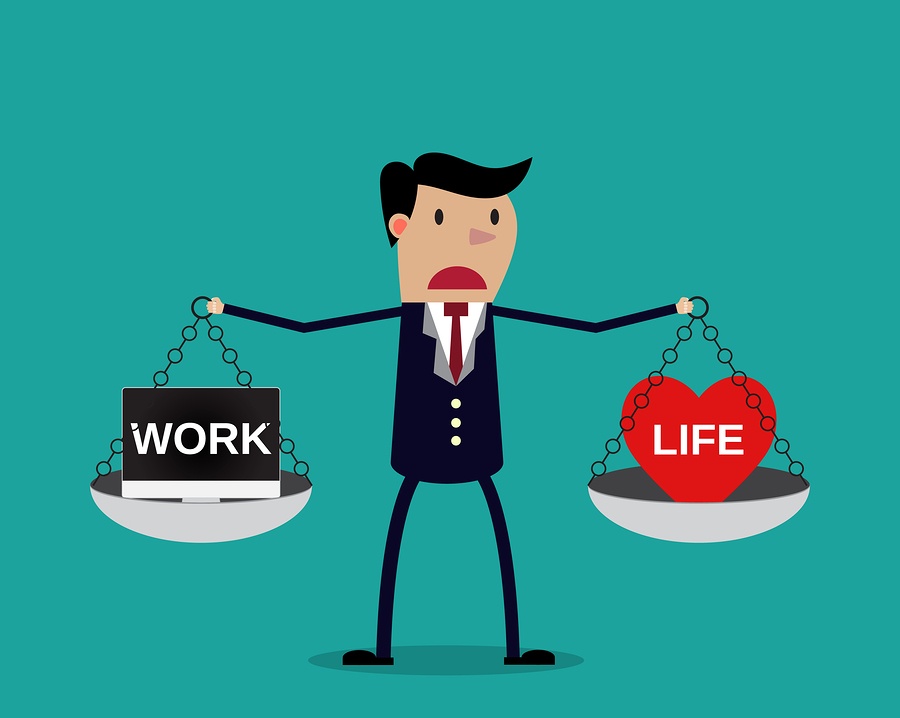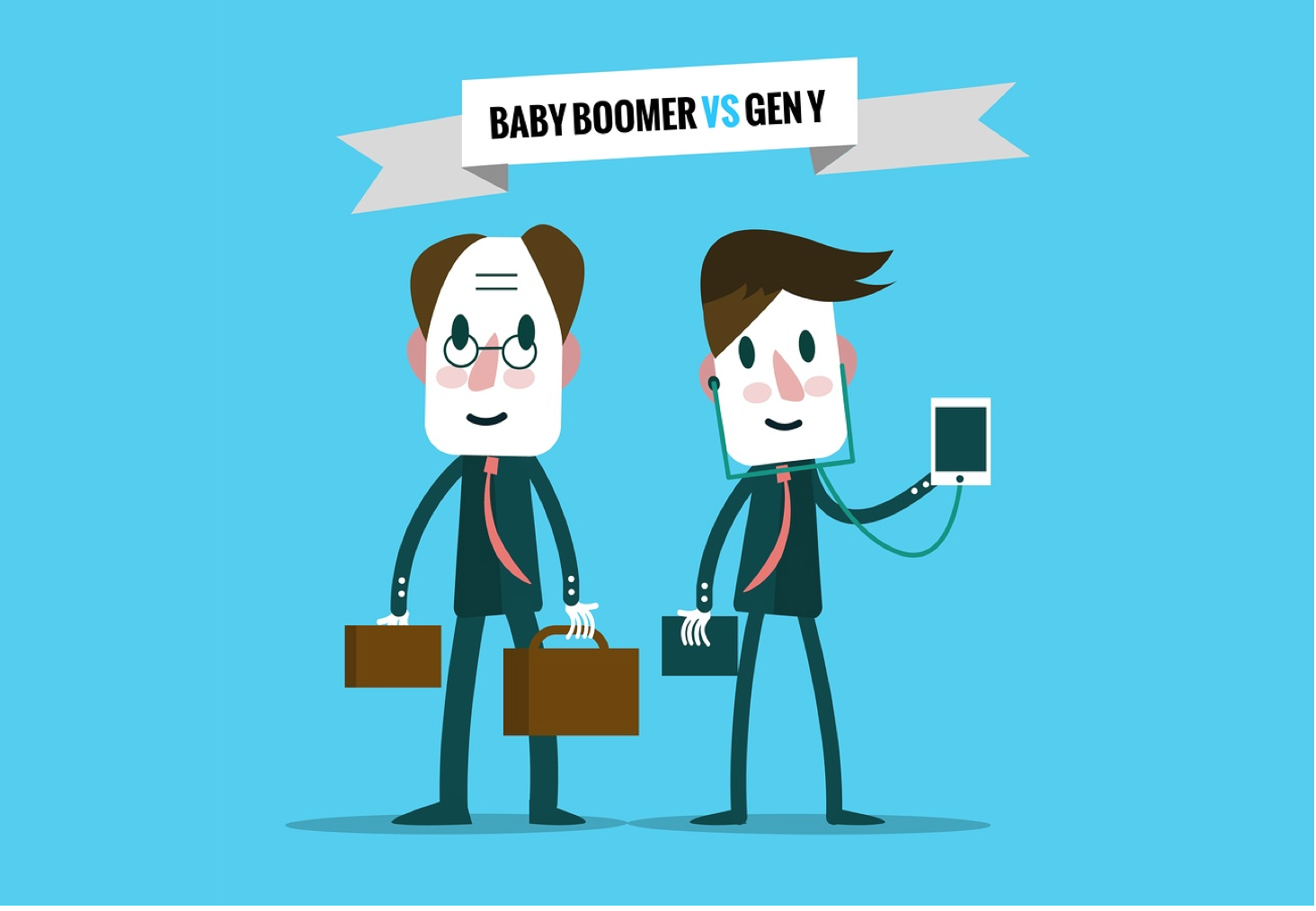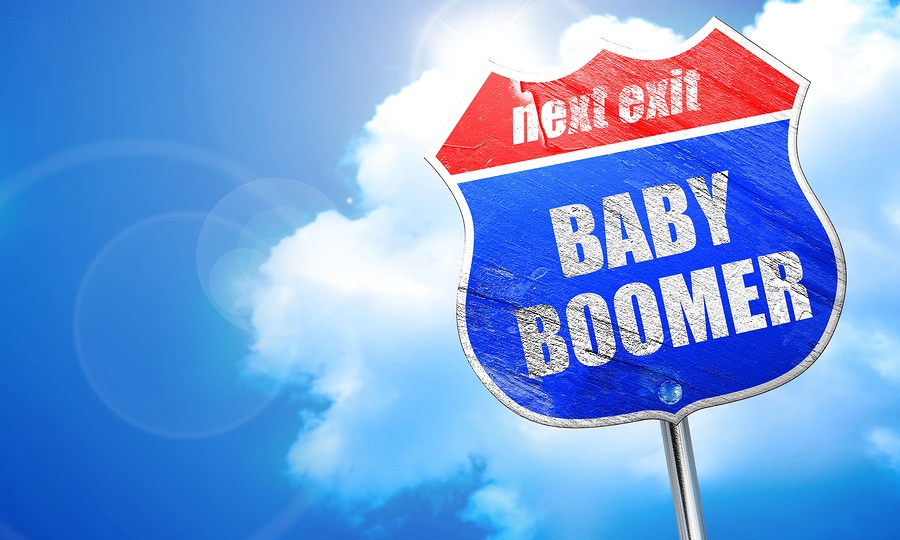Employers oftentimes worry about how to tailor employee communication for those who are digitally disconnected — meaning they don’t have access to email or the internet — but this concern is largely blown out of proportion.
According to Pew Research, only 11 percent of Americans aren’t using the internet. Research also suggests that “non-adoption [of the internet] is correlated to a number of demographic variables, including age, educational attainment, household income and community type.”
As the numbers suggest, internet adoption is picking up steam, leaving fewer and fewer people disconnected every day — especially among older Americans and those with less education. The research center points out that 86 percent of senior citizens didn’t use the internet in the year 2000, but that the current data shows a dramatic increase in older adults’ online activity (only 34 percent don’t use the internet now). Among those who didn’t finish high school, non-adopters dropped a similar amount during the same time period, going from 81 percent to 35 percent.
Regardless, it’s wise for employers who want to ensure no one in the workforce is overlooked to deploy both digital and more traditional methods of employee communication. In addition, because digital access spans multiple device types (computers, smartphones, tablets) and various ways to attain connectivity (home internet, public internet, cellular data), it’s important to take the following into account when connecting to these audiences:
Employee Communication for the Connection-Challenged
Some employees may be connected, but face some challenges in doing so. They aren’t totally cut off from the internet because they have library access or use the web browser on their smartphone, but they’re not particularly internet-savvy either. Here are some suggestions for making sure these employees can read the communications you’re sending:


















